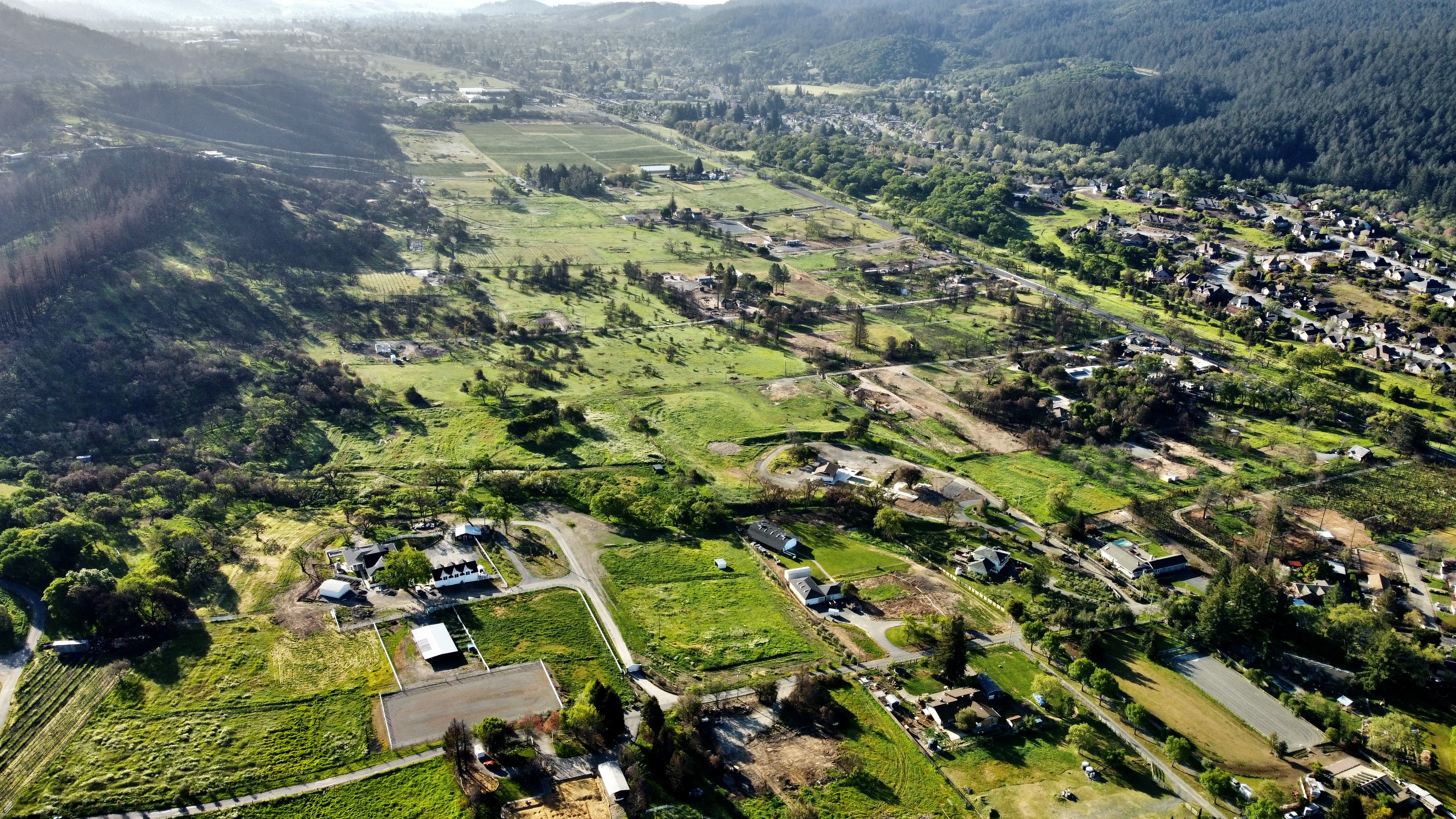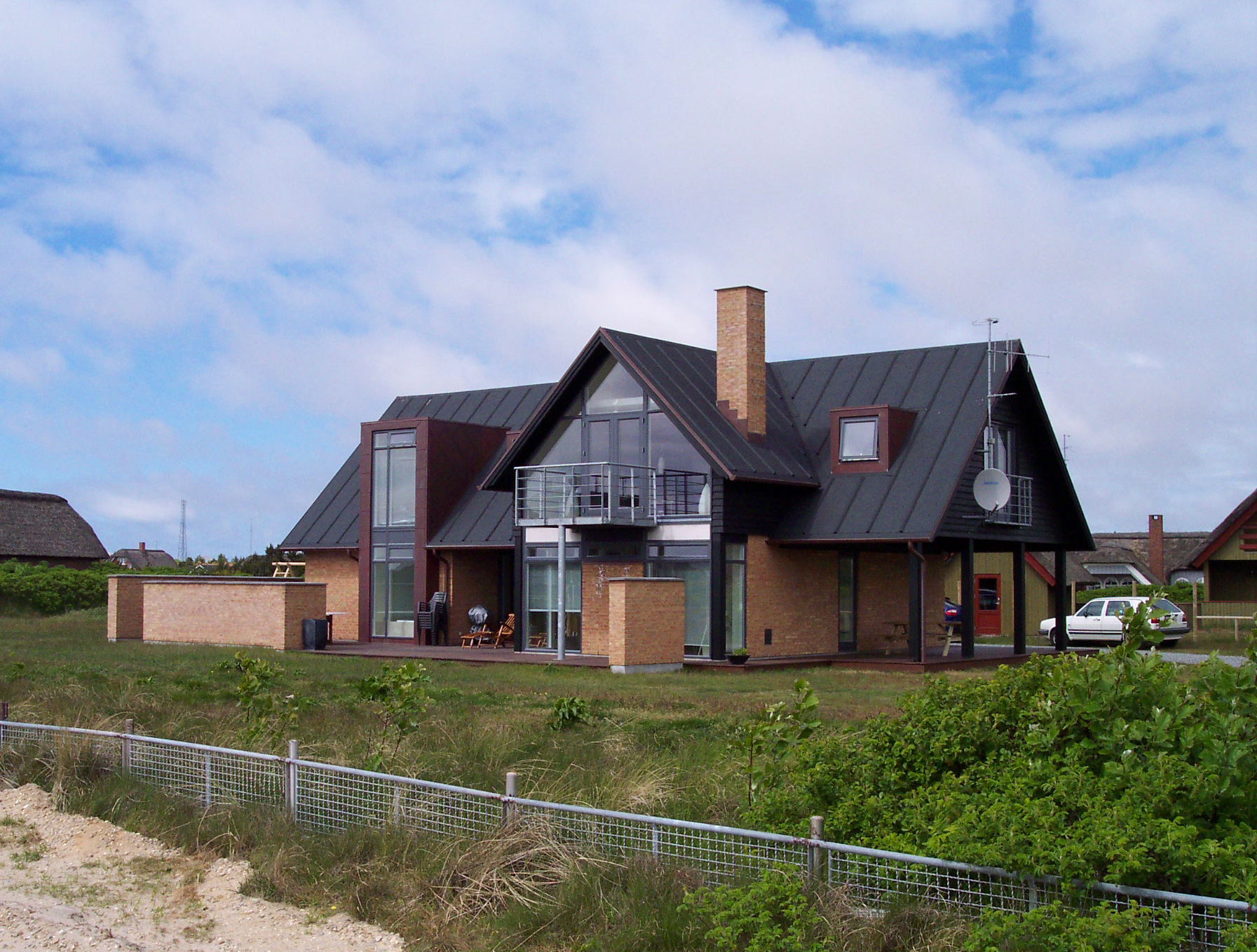|
Yulupa Creek
Yulupa Creek is a U.S. Geological Survey. National Hydrography Dataset high-resolution flowline dataThe National Map, accessed March 10, 2011 southeast-flowing perennial stream that rises on the southeastern flanks of the northern Sonoma Mountains in Sonoma County, California, United States. This creek, which drains the eastern slopes of Bennett Mountain, is tributary to Sonoma Creek, which in turn discharges to San Pablo Bay. Course Yulupa Creek rises in the Sonoma Mountains, on the southwestern edge of Annadel State Park near Bennett Ridge Road. It descends initially to the southeast. After about it meets Bennett Valley Road, which it follows eastward to Warm Springs Road, where it discharges into Sonoma Creek. Watershed The Yulupa Creek watershed comprises an area of approximately five square miles, and is considered a viable steelhead, ''Oncorhynchus mykiss'', spawning habitat; stream surveys conducted from 1966 to 1986 indicated significant, but declining populations of ... [...More Info...] [...Related Items...] OR: [Wikipedia] [Google] [Baidu] |
Sonoma Mountains
The Sonoma Mountains are a northwest–southeast trending mountain range of the Inner Coast Ranges in the California Coast Ranges System, located in Sonoma County, Northern California. Geography The Sonoma Mountains range is approximately long. It separates the Sonoma Creek watershed from the Petaluma River and Tolay Creek watersheds. The highest point of this range is Sonoma Mountain, elevation . Jack London State Historic Park, Crane Creek Regional Park, and the Fairfield Osborn Preserve are both on Sonoma Mountain. A number of threatened and endangered species are found in the Sonoma Mountains including the fragrant fritillary (''Fritillaria liliacea''). Hydrology Many creeks rise in the Sonoma Mountains. From the northwestern slopes, Copeland Creek and Hinebaugh Creek flow to the Laguna de Santa Rosa, eventually entering the Pacific Ocean just south of Jenner, California. Matanzas Creek and Spring Creek flow north into Santa Rosa Creek, another tributary of the Laguna. ... [...More Info...] [...Related Items...] OR: [Wikipedia] [Google] [Baidu] |
Spawn (biology)
Spawn is the Egg cell, eggs and Spermatozoa, sperm released or deposited into water by aquatic animals. As a verb, ''to spawn'' refers to the process of releasing the eggs and sperm, and the act of both sexes is called spawning. Most aquatic animals, except for aquatic mammals and marine reptile, reptiles, reproduce through the process of spawning. Spawn consists of the reproductive cells (gametes) of many aquatic animals, some of which will become fertilized and produce offspring. The process of spawning typically involves females releasing Ovum, ova (unfertilized eggs) into the water, often in large quantities, while males simultaneously or sequentially release spermatozoa (milt) to fertilize the eggs. Most fish reproduce by spawning, as do most other aquatic animals, including crustaceans such as crabs and shrimps, molluscs such as oysters and squid, echinoderms such as sea urchins and sea cucumbers, amphibians such as frogs and newts, aquatic insects such as mayflies and mos ... [...More Info...] [...Related Items...] OR: [Wikipedia] [Google] [Baidu] |
Grape
A grape is a fruit, botanically a berry, of the deciduous woody vines of the flowering plant genus ''Vitis''. Grapes are a non- climacteric type of fruit, generally occurring in clusters. The cultivation of grapes began perhaps 8,000 years ago, and the fruit has been used as human food over history. Eaten fresh or in dried form (as raisins, currants and sultanas), grapes also hold cultural significance in many parts of the world, particularly for their role in winemaking. Other grape-derived products include various types of jam, juice, vinegar and oil. History The Middle East is generally described as the homeland of grape and the cultivation of this plant began there 6,000–8,000 years ago. Yeast, one of the earliest domesticated microorganisms, occurs naturally on the skins of grapes, leading to the discovery of alcoholic drinks such as wine. The earliest archeological evidence for a dominant position of wine-making in human culture dates from 8,000 years ago in Georg ... [...More Info...] [...Related Items...] OR: [Wikipedia] [Google] [Baidu] |
Viticulture
Viticulture (from the Latin word for ''vine'') or winegrowing (wine growing) is the cultivation and harvesting of grapes. It is a branch of the science of horticulture. While the native territory of ''Vitis vinifera'', the common grape vine, ranges from Western Europe to the Iran, Persian shores of the Caspian Sea, the vine has demonstrated high levels of adaptability to new environments, hence viticulture can be found on every continent except Antarctica. Duties of the viticulturist include monitoring and controlling Pest (organism), pests and Plant pathology, diseases, fertilizer, fertilizing, irrigation (wine), irrigation, canopy (grape), canopy Glossary of viticultural terms#Canopy management, management, monitoring fruit development and Typicity, characteristics, deciding when to harvest (wine), harvest, and vine pruning during the winter months. Viticulturists are often intimately involved with winemakers, because vineyard management and the resulting grape characteristics ... [...More Info...] [...Related Items...] OR: [Wikipedia] [Google] [Baidu] |
Sonoma Mountain
Sonoma Mountain is a prominent landform within the Sonoma Mountains of southern Sonoma County, California. At an elevation of , Sonoma Mountain offers expansive views of the Pacific Ocean to the west and the Sonoma Valley to the east. In fact, the viticultural area extends in isolated patches up the eastern slopes of Sonoma Mountain to almost in elevation. The eastern and northern slopes are protected from afternoon heat and hence are more densely forested in oak woodlands, abetted by the well-drained, nutrient-rich soils. The western and southern slopes, on the other hand, are drier and warmer, leading to fewer dense woodlands and more chaparral, grassland and oak savannah. Geology Until approximately twelve million years ago, this location was part of the seabed of the Pacific Ocean. In the Miocene era, precipitated by the combination of tectonic movement due to the seismically active environment and the presence of magma not far below the Earth's surface, a massive period ... [...More Info...] [...Related Items...] OR: [Wikipedia] [Google] [Baidu] |
San Francisco
San Francisco (; Spanish language, Spanish for "Francis of Assisi, Saint Francis"), officially the City and County of San Francisco, is the commercial, financial, and cultural center of Northern California. The city proper is the List of California cities by population, fourth most populous in California and List of United States cities by population, 17th most populous in the United States, with 815,201 residents as of 2021. It covers a land area of , at the end of the San Francisco Peninsula, making it the second most densely populated large U.S. city after New York City, and the County statistics of the United States, fifth most densely populated U.S. county, behind only four of the five New York City boroughs. Among the 91 U.S. cities proper with over 250,000 residents, San Francisco was ranked first by per capita income (at $160,749) and sixth by aggregate income as of 2021. Colloquial nicknames for San Francisco include ''SF'', ''San Fran'', ''The '', ''Frisco'', and '' ... [...More Info...] [...Related Items...] OR: [Wikipedia] [Google] [Baidu] |
Sonoma Valley
Sonoma Valley is a valley located in southeastern Sonoma County, California, in the North Bay region of the San Francisco Bay Area. Known as the birthplace of the California wine industry, the valley is home to some of the earliest vineyards and wineries in the state, some of which survived the phylloxera epidemic of the 1870s and the impact of prohibition in the early 20th century. Today, the valley's wines are promoted by the U.S. federal government's Sonoma Valley and Carneros AVAs (or American Viticultural Areas). Sonoma Valley offers a wide range of year-round festivals and events, including the Sonoma International Film Festival. Points of interest include the Quarryhill Botanic Garden, Mission San Francisco Solano, Jack London State Historic Park, Sonoma State Historic Park and the Blue Wing Inn of 1840. Geography The valley is located in southeastern Sonoma County between the Mayacamas Mountains and Sonoma Mountains. It stretches from San Pablo Bay in the south to th ... [...More Info...] [...Related Items...] OR: [Wikipedia] [Google] [Baidu] |
Hood Mountain
Mount Hood, also known as Hood Mountain is a mountain near the southeastern edge of Santa Rosa, California at the northeast of the Sonoma Valley and attains a height of . The original name was Mount Wilikos, an Indian name meaning "willows." Most of the drainage from Mount Hood contributes to the headwaters of Sonoma Creek. A prominent feature is the extensive rock face visible on the upper half of the mountain as viewed from State Route 12. The habitats on the mountain include mixed oak forest, pygmy forest, chaparral and riparian zones. In prehistoric times the slopes of Mount Hood were inhabited by a division of the Yuki tribe. Most of Mount Hood is within the Hood Mountain Regional Park maintained by Sonoma County. Mount Hood is part of the inner coast Mayacamas Range, and lies mostly within Sonoma County, with a part of the mountain geographically within Napa County. Mount Hood affords overlooks of the Pacific Ocean, San Francisco Bay and "a spectacular view east t ... [...More Info...] [...Related Items...] OR: [Wikipedia] [Google] [Baidu] |
Single Family Homes
A stand-alone house (also called a single-detached dwelling, detached residence or detached house) is a free-standing residential building. It is sometimes referred to as a single-family home, as opposed to a multi-family residential dwelling. Definitions The definition of this type of house may vary between legal jurisdictions or statistical agencies. The definition, however, generally includes two elements: * Single-family (home, house, or dwelling) means that the building is usually occupied by just one household or family, and consists of just one dwelling unit or suite (address), suite. In some jurisdictions allowances are made for basement suites or Granny flat, mother-in-law suites without changing the description from "single family". It does exclude, however, any short-term accommodation (hotel, motels, inns), large-scale rental accommodation (boarding house, rooming or boarding houses, apartments), or condominium, condominia. * Detached (house, home, or dwellin ... [...More Info...] [...Related Items...] OR: [Wikipedia] [Google] [Baidu] |
Land Use
Land use involves the management and modification of natural environment or wilderness into built environment such as settlements and semi-natural habitats such as arable fields, pastures, and managed woods. Land use by humans has a long history, first emerging more than 10,000 years ago. It has been defined as "the purposes and activities through which people interact with land and terrestrial ecosystems" and as "the total of arrangements, activities, and inputs that people undertake in a certain land type." Land use is one of the most important drivers of global environmental change. History Human tribes since prehistory have segregated land into territories to control the use of land. Today, the total arable land is 10.7% of the land surface, with 1.3% being permanent cropland. Regulation Land use practices vary considerably across the world. The United Nations' Food and Agriculture Organization Water Development Division explains that "Land use concerns the produ ... [...More Info...] [...Related Items...] OR: [Wikipedia] [Google] [Baidu] |
Chinook Salmon
The Chinook salmon (''Oncorhynchus tshawytscha'') is the largest and most valuable species of Pacific salmon in North America, as well as the largest in the genus ''Oncorhynchus''. Its common name is derived from the Chinookan peoples. Other vernacular names for the species include king salmon, Quinnat salmon, Tsumen, spring salmon, chrome hog, Blackmouth, and Tyee salmon. The scientific species name is based on the Russian common name ''chavycha'' (чавыча). Chinook are anadromous fish native to the North Pacific Ocean and the river systems of western North America, ranging from California to Alaska, as well as Asian rivers ranging from northern Japan to the Palyavaam River in the Arctic northeast Siberia. They have been introduced to other parts of the world, including New Zealand, thriving in Lake Michigan Great Lakes of North America and Michigan's western rivers, and Patagonia. A large Chinook is a prized and sought-after catch for a sporting angler. The flesh of the ... [...More Info...] [...Related Items...] OR: [Wikipedia] [Google] [Baidu] |







